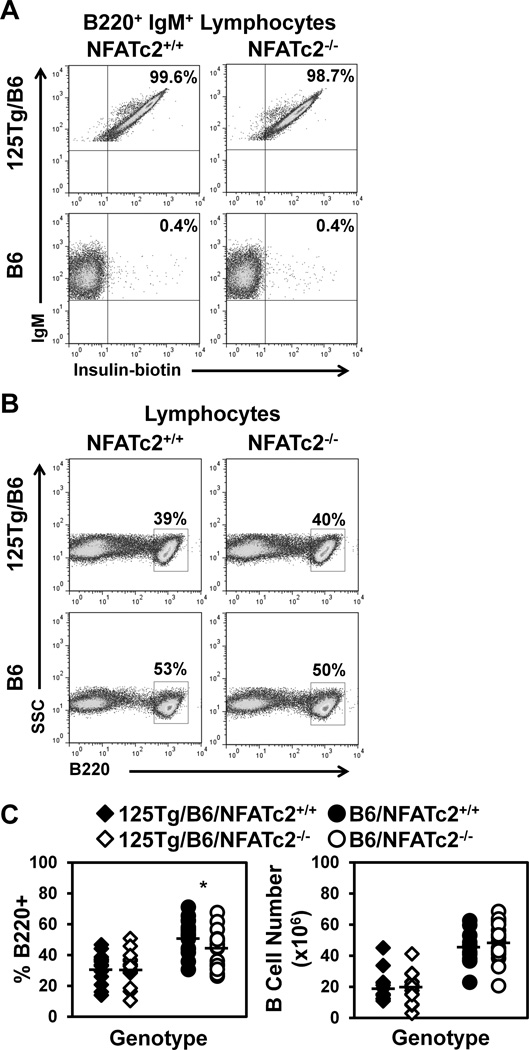Figure 1. Loss of NFATc2 does not alter the percentage or number of insulin-binding B cells in the spleen.
B220, IgM, and insulin-reactivity were assessed in freshly isolated splenocytes using flow cytometry. (A) The frequency of insulin-binding B cells was assessed in 125Tg/B6 (top) or B6 (bottom), NFATc2+/+ (left) or NFATc2−/− (right) B220+ IgM+ lymphocytes. (B) The frequency of B220+ cells was assessed in 125Tg/B6 (top) or B6 (bottom), NFATc2+/+ (left) or NFATc2−/− (right) lymphocyte gated splenocytes. (C) Summary of n ≥ 14 individual mice for each genotype; 125Tg/B6/NFATc2+/+ (black diamonds), 125Tg/B6/NFATc2−/− (white diamonds), B6/NFATc2+/+ (black circles), B6/NFATc2−/− (white circles). B cells gated as in (B), B cell percentages, left, B cell numbers, right. A two-tailed t-test was used to compare NFATc2+/+ vs. NFATc2−/− mice, * p < 0.05.

